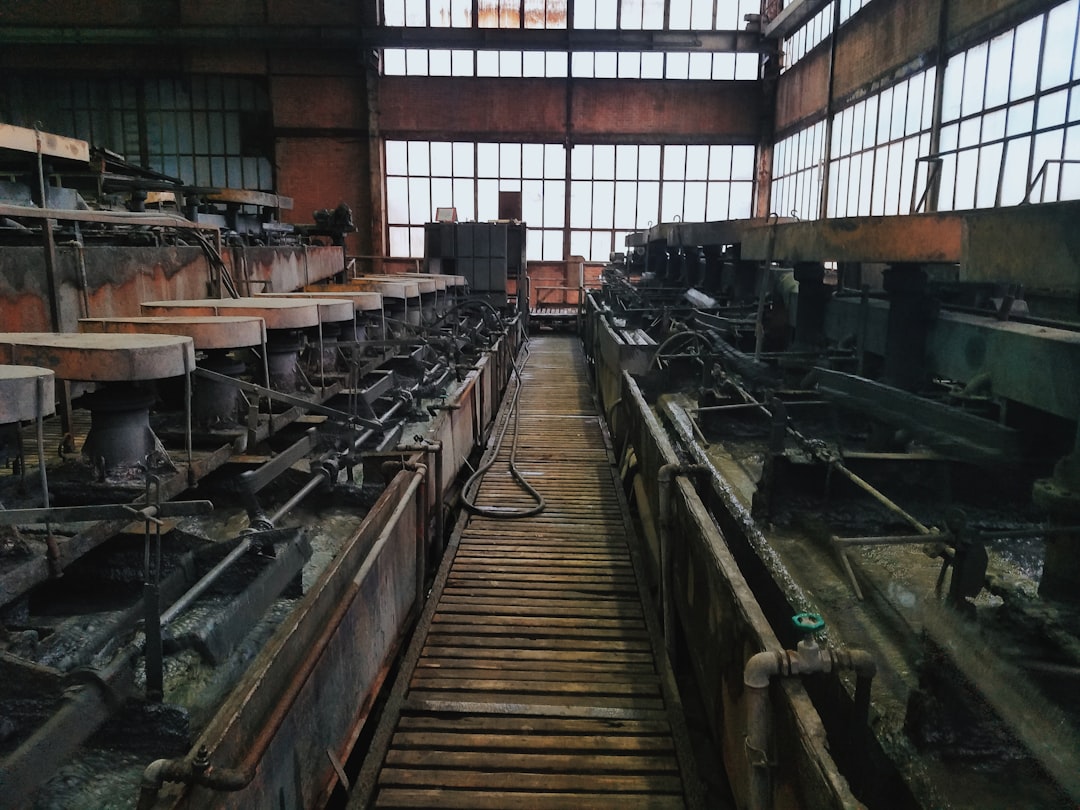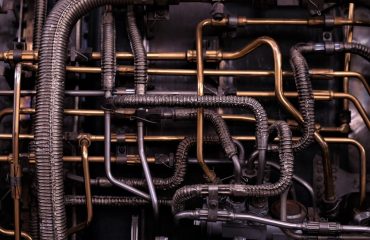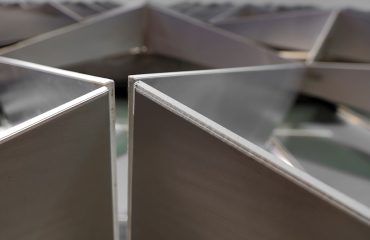In the demanding world of industrial machinery, standard parts often fall short. When precision, durability, and specific functionality are paramount, customized steel machine parts become indispensable. This comprehensive guide explores the intricacies of designing, manufacturing, and utilizing bespoke steel components, highlighting their advantages and applications across diverse industries.
1. Designing Customized Steel Machine Parts: From Concept to CAD
The journey of a customized steel machine part begins with a thorough understanding of its intended application. This involves close collaboration between engineers and clients to define precise specifications, including dimensions, tolerances, material requirements, and performance expectations. Detailed drawings and 3D models, often created using Computer-Aided Design (CAD) software, are essential for accurate representation and communication. This stage incorporates rigorous analysis using Finite Element Analysis (FEA) to predict the part’s behavior under stress and ensure its structural integrity. Careful consideration is given to factors such as fatigue resistance, wear resistance, and corrosion resistance, depending on the operating environment. The design process also includes selecting appropriate manufacturing methods, which directly impacts cost and lead time.
2. Material Selection: The Foundation of Strength and Durability
The choice of steel alloy is critical to the performance of a customized steel machine part. Numerous options exist, each with unique properties tailored to specific needs. Common choices include: low carbon steel for general applications, medium carbon steel for increased strength, high carbon steel for enhanced hardness, and alloy steels for superior strength and toughness at high temperatures. Stainless steels offer excellent corrosion resistance, crucial for applications exposed to harsh environments. Tool steels are preferred for components requiring exceptional wear resistance, such as cutting tools and dies. The selection process involves careful consideration of factors like strength-to-weight ratio, machinability, weldability, and cost-effectiveness. Detailed material specifications are incorporated into the design documentation to ensure consistent quality and performance.
3. Manufacturing Processes: Precision Engineering for Peak Performance
Several manufacturing techniques are employed to create customized steel machine parts, each with its own advantages and limitations. These include:
- Forging: This process involves shaping metal using compressive forces, resulting in high strength and density. Forging is ideal for creating complex shapes and achieving superior mechanical properties.
- Casting: Molten steel is poured into a mold, allowing for intricate designs and large volumes. Casting is cost-effective for high-volume production but may require additional machining to achieve precise dimensions.
- Machining: This subtractive process removes material from a workpiece to create the desired shape and tolerances. Machining offers high precision but can be time-consuming and expensive for complex geometries.
- 3D Printing (Additive Manufacturing): This innovative technique builds parts layer by layer from a digital design, enabling complex designs and rapid prototyping. While still developing for large-scale steel production, it offers exciting possibilities for customized parts.
The selection of the optimal manufacturing process depends on factors such as part complexity, required tolerances, material properties, and production volume.
4. Quality Control and Testing: Ensuring Excellence in Every Part
Rigorous quality control measures are essential throughout the entire manufacturing process. This includes meticulous inspection of raw materials, in-process monitoring of manufacturing operations, and final inspection of finished parts. Non-destructive testing (NDT) techniques, such as ultrasonic testing and magnetic particle inspection, are used to detect internal flaws and ensure structural integrity. Dimensional measurements are performed using precision instruments to verify that the parts meet the specified tolerances. Performance testing may also be conducted to validate the part’s ability to withstand expected loads and operating conditions. This commitment to quality ensures the reliability and longevity of customized steel machine parts.
5. Applications Across Industries: Where Customized Steel Parts Excel
Customized steel machine parts find widespread applications across a multitude of industries. Their unique properties and adaptability make them ideal for demanding environments and specialized applications. Examples include:
- Automotive: Engine components, transmission parts, chassis elements, and suspension systems often require customized steel parts for optimal performance and durability.
- Aerospace: High-strength, lightweight steel components are crucial for aircraft structures, engines, and landing gear.
- Construction and Mining: Heavy-duty equipment, such as excavators and cranes, rely on customized steel parts to withstand extreme loads and harsh operating conditions.
- Energy: Power generation facilities and oil and gas platforms utilize customized steel components for critical applications requiring high strength and corrosion resistance.
- Manufacturing: Machinery and tooling often incorporate customized steel parts to enhance efficiency and precision.
The versatility of customized steel parts allows for tailored solutions to meet the specific needs of each industry and application.
In conclusion, customized steel machine parts are essential for optimizing performance, enhancing durability, and meeting the unique demands of various industrial applications. By combining meticulous design, appropriate material selection, precise manufacturing, and rigorous quality control, manufacturers can create bespoke components that deliver superior performance and reliability.
Tags: Customized steel parts, steel machine parts, bespoke steel components, industrial steel parts, precision engineering




